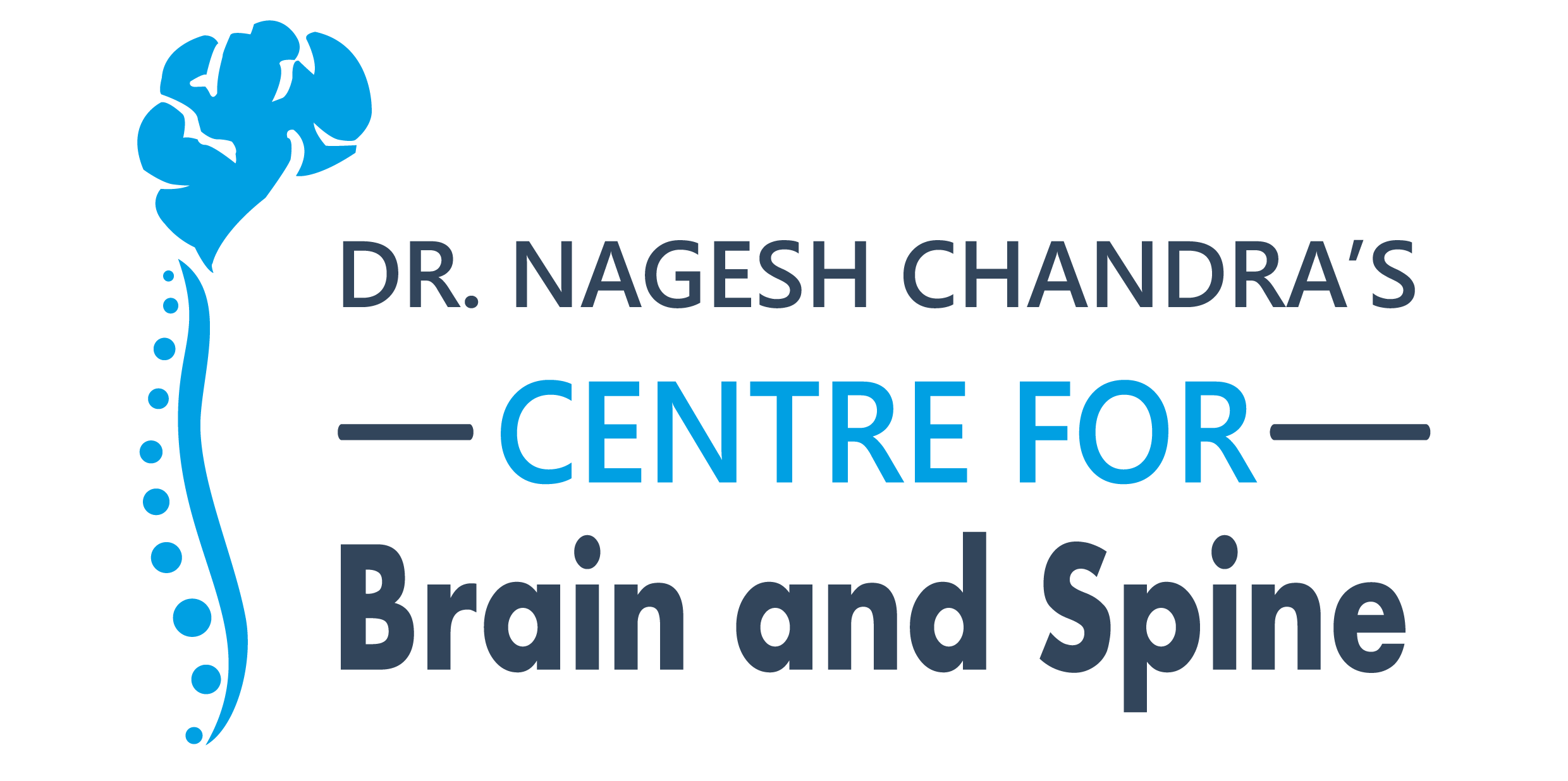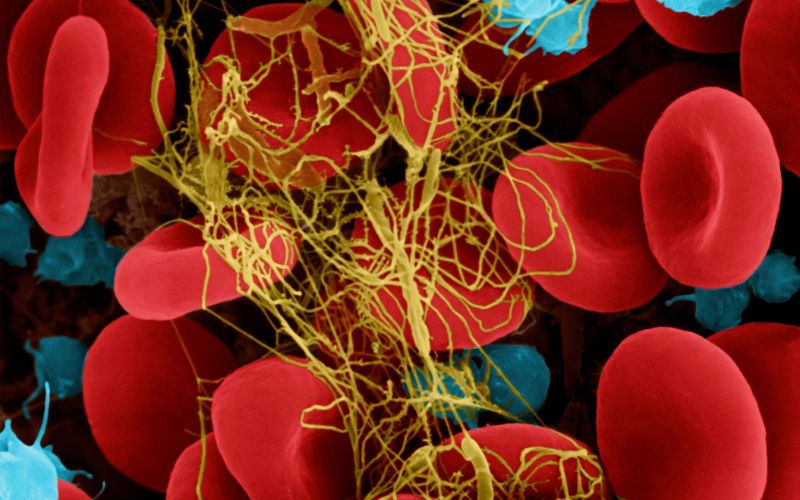Thrombectomy is a surgery for removing blood clots from arteries or veins, saving lives in emergencies. Blood clots block blood flow, posing serious risks to organs like the brain, heart, lungs, and even limbs or intestines.
Performed urgently, thrombectomy swiftly removes clots to restore normal blood flow and prevent lasting damage. While medicines may help some clots, thrombectomy becomes essential when these fail. The Best brain doctor in Delhi shares about thrombectomy types, urgency, risks, and recovery below.
What is a Thrombectomy?
A thrombectomy is also known as clot removal. It is a surgical procedure to extract a blood clot, or thrombus, from a blocked vein or artery. There are two main types of thrombectomy procedures normally done at every centre for brain and spine:
- Surgery (open) thrombectomy: Here a surgeon opens the affected blood vessel and uses a vacuum or catheter to remove the clot.
- Percutaneous (minimally invasive) thrombectomy: Here, a surgeon uses image guidance, like continuous X-rays, to guide specialised devices to the clot. These devices can suction the clot out or break it into smaller pieces for removal.
Need for a Thrombectomy
A thrombectomy becomes an emergency measure when all other conventional treatments cannot resolve a blood clot effectively. While blood-thinning medicines and thrombolytics are often initial options, a thrombectomy is considered if these prove ineffective.
This surgery is most commonly deployed for arterial embolisms, where the patient is experiencing symptoms like muscle pain, weakness, tingling, and sudden issues with vision or speech.
However, there are scenarios where a thrombectomy may not be appropriate. In cases where the clot is challenging to reach, located in a very small blood vessel, or more effectively treated with medicines. Plus, patients with blood disorders, internal or brain bleeds, and elevated blood pressure may not be suitable candidates for a thrombectomy.
Types of Thrombectomy
Thrombectomy is used for blood clots in different body areas with distinct procedural outcomes.
- Brain (Stroke): Swift thrombectomy for a blood clot causing an ischemic stroke can be more effective than thrombolytic drugs, particularly for large vessel occlusions. Time is crucial, ideally within a 6-hour window, but recent studies suggest potential benefits beyond this timeframe.
- Heart (Heart Attack): During a heart attack, angioplasty is common, but occasionally, a thrombectomy is performed to suction out large clots using a catheter. While a thrombectomy is not superior to angioplasty in this case, it is a good backup procedure.
- Lung (Pulmonary Embolism): This surgery for pulmonary embolism is reserved for high-risk cases where stability is a concern. It is used when patent experience symptoms of sudden or gradual shortness of breath.
- Deep Vein Thrombosis (DVT): This surgery is considered when DVT becomes unstable or causes severe symptoms, offering a better outcome than thrombolysis alone.
- Abdomen (Acute Mesenteric Ischemia): This emergency procedure involves suctioning out clots in the intestinal artery. It is effective but limited in assessing bowel viability.
What happens during a Thrombectomy?
The specifics of your surgery procedure depend on its type, lasting anywhere from an hour to several. Here’s an overview:
- Imaging Exams: Before the thrombectomy, imaging tests, such as X-rays or CT scans, are conducted to pinpoint the clot’s exact location.
- Intravenous (IV) Fluids and Medication: An IV is initiated to administer fluids and medicines, including blood thinners.
- Anaesthetic: Medicine induces either sleep or sedation for relaxation during the surgery.
- Skin Prep: Depending on the incision site, shaving and local anaesthetic may be applied.
- Imaging Guidance: X-ray or other imaging is set up for the surgical team to visualise blood vessels and the clot.
- Incision: The location of the incision varies (groin, neck, or arm) based on the thrombectomy type.
- Clot Removal: Various devices, like suction or breaking tools, are used through a catheter to remove the clot.
- Stent Placement: Sometimes, a stent is placed to keep the artery or vein open post-clot removal.
- Closing and Cleaning: Surgical tools are removed, the blood vessel is closed, and stitches or bandages are applied.
Risks of this surgery
While thrombectomy is associated with improved outcomes in many problems including Brain tumour treatment, it is important to acknowledge potential risks. These include:
- Tearing of the blood vessel
- Excessive bleeding
- Damage or narrowing of blood vessels
- Severe bruises at the puncture site
- Brain haemorrhage or bleeding in the brain
- Infection
- Reaction to anaesthetic
Recovery after a thrombectomy
Following this surgery, immediate post-surgery mobility is often encouraged by every neurosurgeon in Dwarka to minimise the risk of additional blood clots. Your doctor will give you a recovery plan for a successful recuperation. This plan typically involves:
- Medicines: Doctors commonly prescribe Anticoagulants (blood thinners) and thrombolytics (clot-busting drugs). They help break up any remaining clot remnants and reduce the likelihood of future clots.
- Compression Socks: Wearing compression socks or stockings is advised to prevent clot reformation. These garments support optimal blood flow in the limbs, contributing to a smooth recovery.
- Movement: Regular exercise is encouraged to enhance circulation and diminish the risk of blood clots. Physical activity plays a significant role in the recovery process, preventing complications.

